'Dynasty Marubi': a hundred years of Albanian studio photography is surveyed at Foam
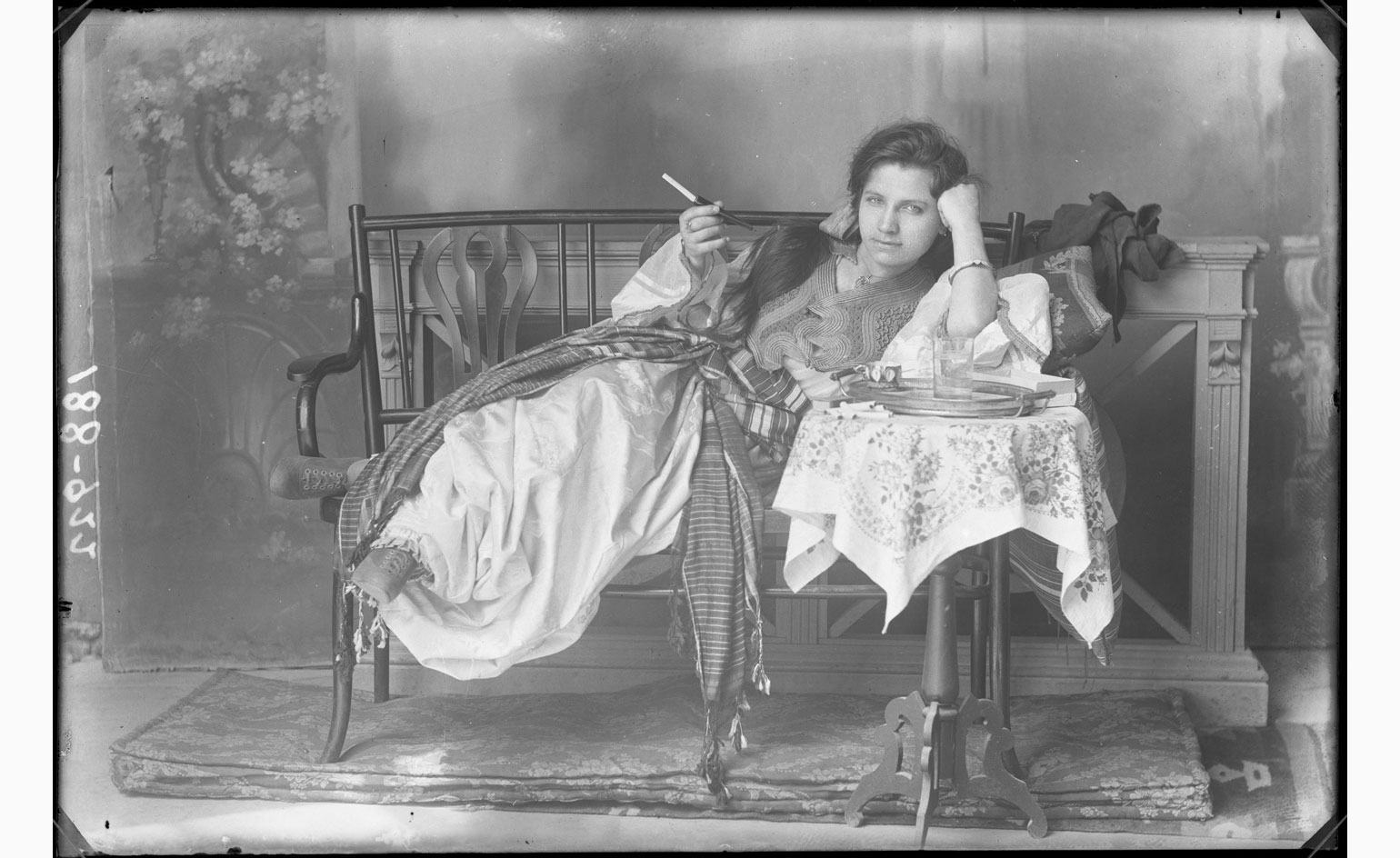
The story of the Marubi studio started in about 1850, when the Italian Pietro Marubi emigrated to Shkodër, Albania, for political reasons. In 1856, just two decades after photography was invented, he established a photographic studio with the camera he brought with him from Italy. The studio’s camera shutters were not to stop for more than a century.
'Dynasty Marubi – a hundred years of Albanian studio photography', an exhibition of that legacy, is currently being staged by Foam (Fotografiemuseum Amsterdam), where a stream of black and white images provides a record of important aspects of Albania’s history and its people, captured by three generations of studio photographers from 1856–1959. In this country – the visual culture of which is little known – the collection provides a rich photographic history that stretches from Ottoman times to the communist period and includes social rituals, traditional costumes and group portraits of sociological significance.
Pietro Marubi started his practice using the wet-plate collodion process, the standard method of photography across Europe at that time. There is no record of where the studio was first located, although many studies suggest that it was actually al fresco, which could be true looking at the portraits of a wide variety of the locals. On the master’s death, his assistant Kei took over the business and changed his name to Marubi, bringing in techniques such as special effects and the retouching of negatives – together with more sophisticated cameras. The third generation of the studio, Kei’s son Gegë, was trained at the Lumière brothers' school in France in the 1920s. He pioneered the use of celluloid instead of glass plates in what was regarded as the studio’s most successful period.
In the 1970s, Gegë donated the studio's collection – some 150,000 glass negatives – to the Directorate of General Archives. He dedicated the rest of his life to working on their conservation and died in 1984. The archive is now housed at the Marubi National Museum Of Photography, which opened earlier this year in Shkodër, in a building designed by Dutch studio Casanova+Hernandez Architects.
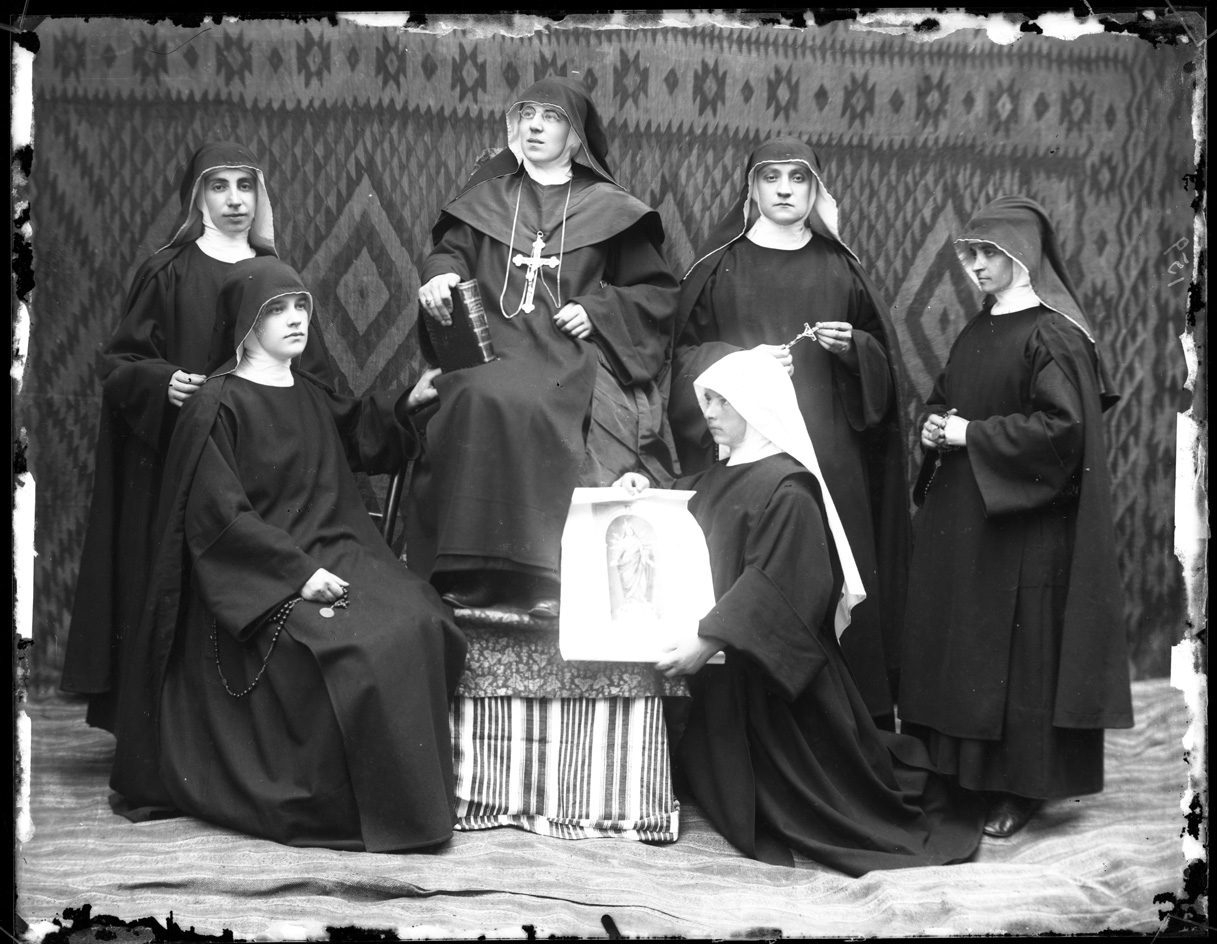
The story of the Marubi studio started in about 1850, when the Italian Pietro Marubi emigrated to Shkodër, Albania, for political reasons.
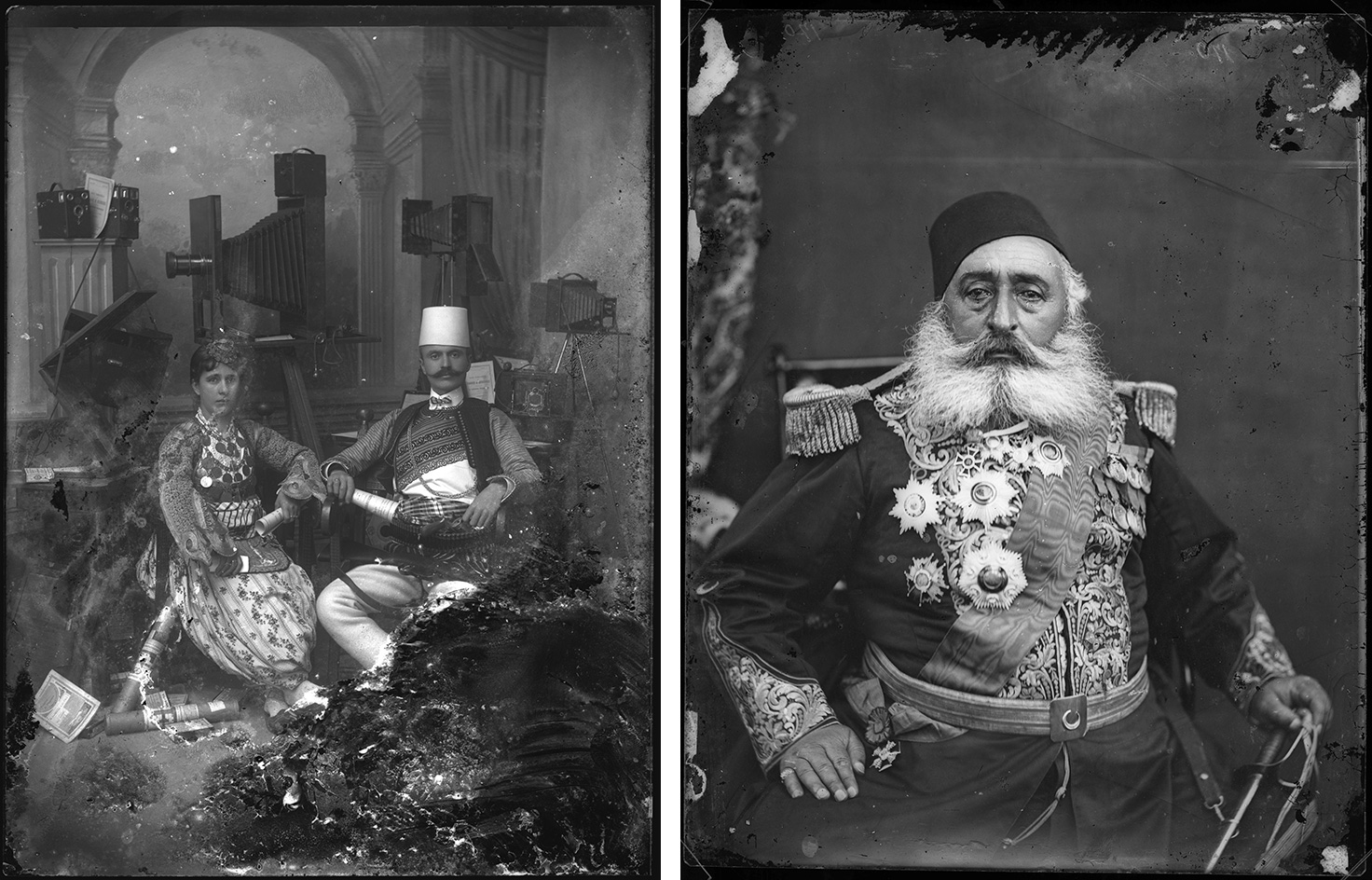
In 1856, just two decades after photography was invented, he established a photographic studio with a camera he brought with him from Italy. The studio’s camera shutters were not to stop for more than a century. Pictured left: Kei Marubi with his wife in the studio, no date.
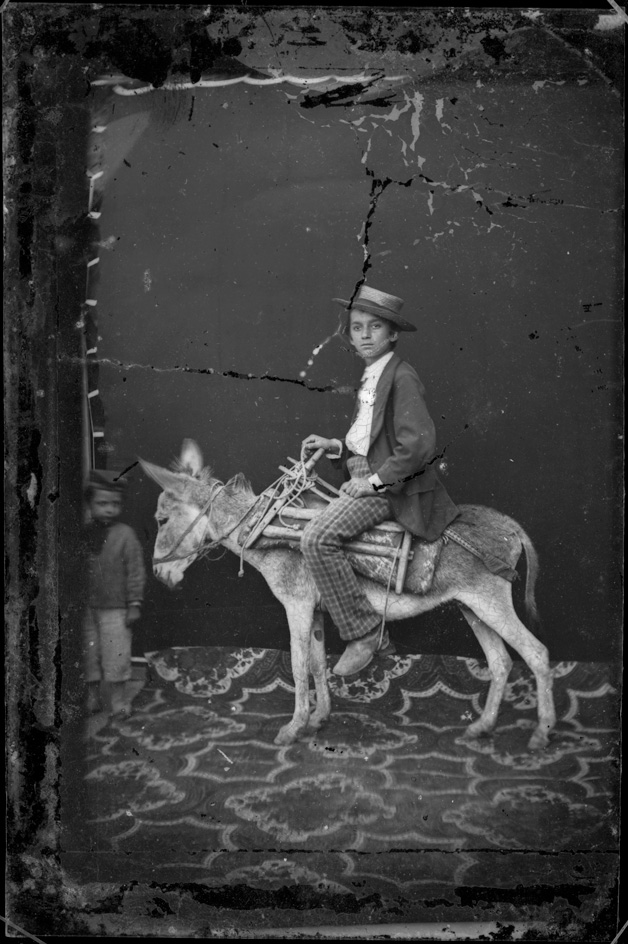
The archive is now housed at the Marubi National Museum Of Photography, which opened earlier this year in Shkodër. Pictured: Untitled, by Pietro Marubi, before 1881
INFORMATION
’Dynasty Marubi – a hundred years of Albanian studio photography’ is on view until 27 November. For more information, visit the Foam website
Photography: Marubi National Museum of Photography, Shkodër
ADDRESS
Foam Fotografiemuseum
Keizersgracht 609, Amsterdam
Wallpaper* Newsletter
Receive our daily digest of inspiration, escapism and design stories from around the world direct to your inbox.
Yoko Choy is the China editor at Wallpaper* magazine, where she has contributed for over a decade. Her work has also been featured in numerous Chinese and international publications. As a creative and communications consultant, Yoko has worked with renowned institutions such as Art Basel and Beijing Design Week, as well as brands such as Hermès and Assouline. With dual bases in Hong Kong and Amsterdam, Yoko is an active participant in design awards judging panels and conferences, where she shares her mission of promoting cross-cultural exchange and translating insights from both the Eastern and Western worlds into a common creative language. Yoko is currently working on several exciting projects, including a sustainable lifestyle concept and a book on Chinese contemporary design.
-
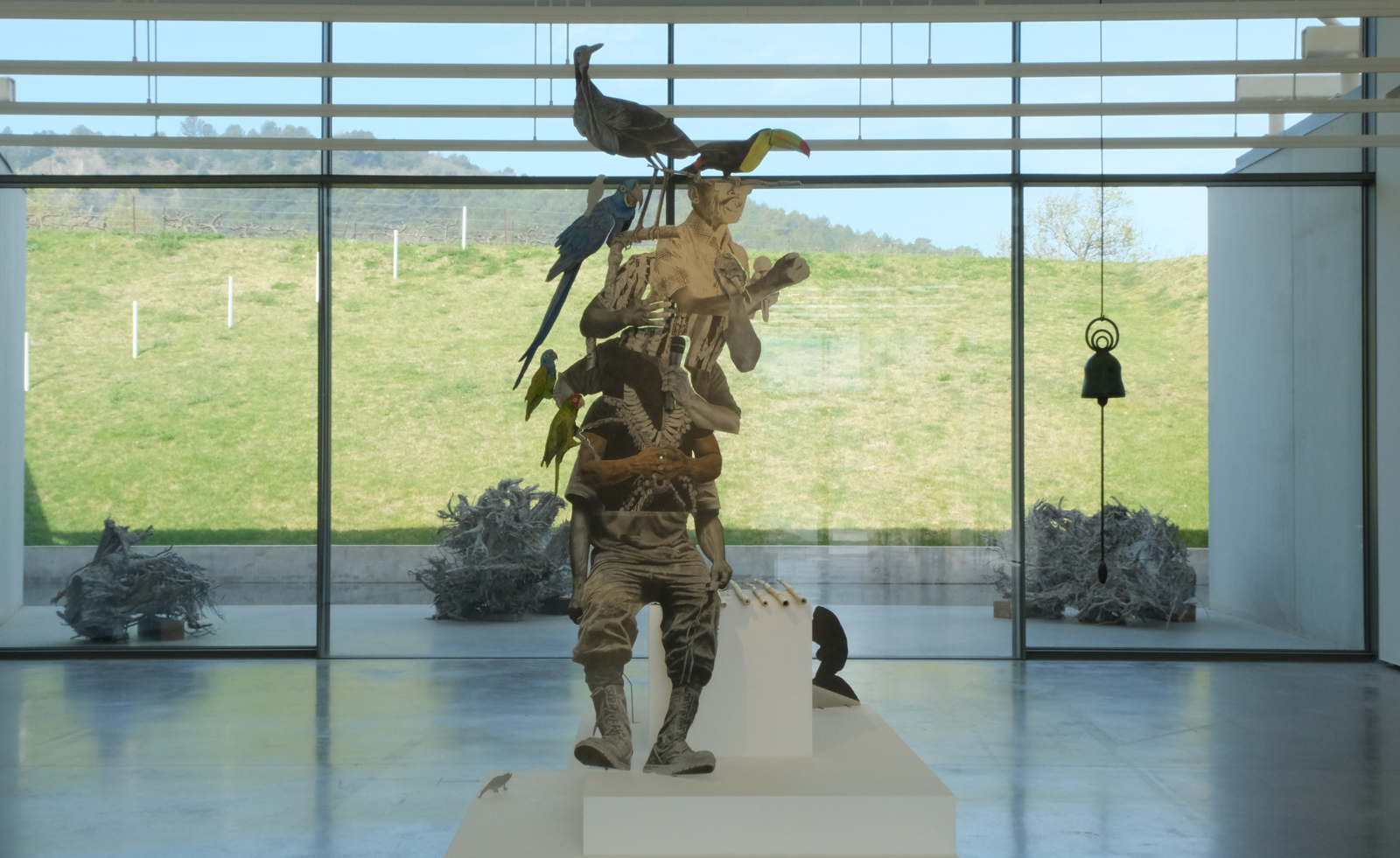 Contemporary artist collective Poush takes over Château La Coste
Contemporary artist collective Poush takes over Château La CosteMembers of Poush have created 160 works, set in and around the grounds of Château La Coste – the art, architecture and wine estate in Provence
By Amy Serafin
-
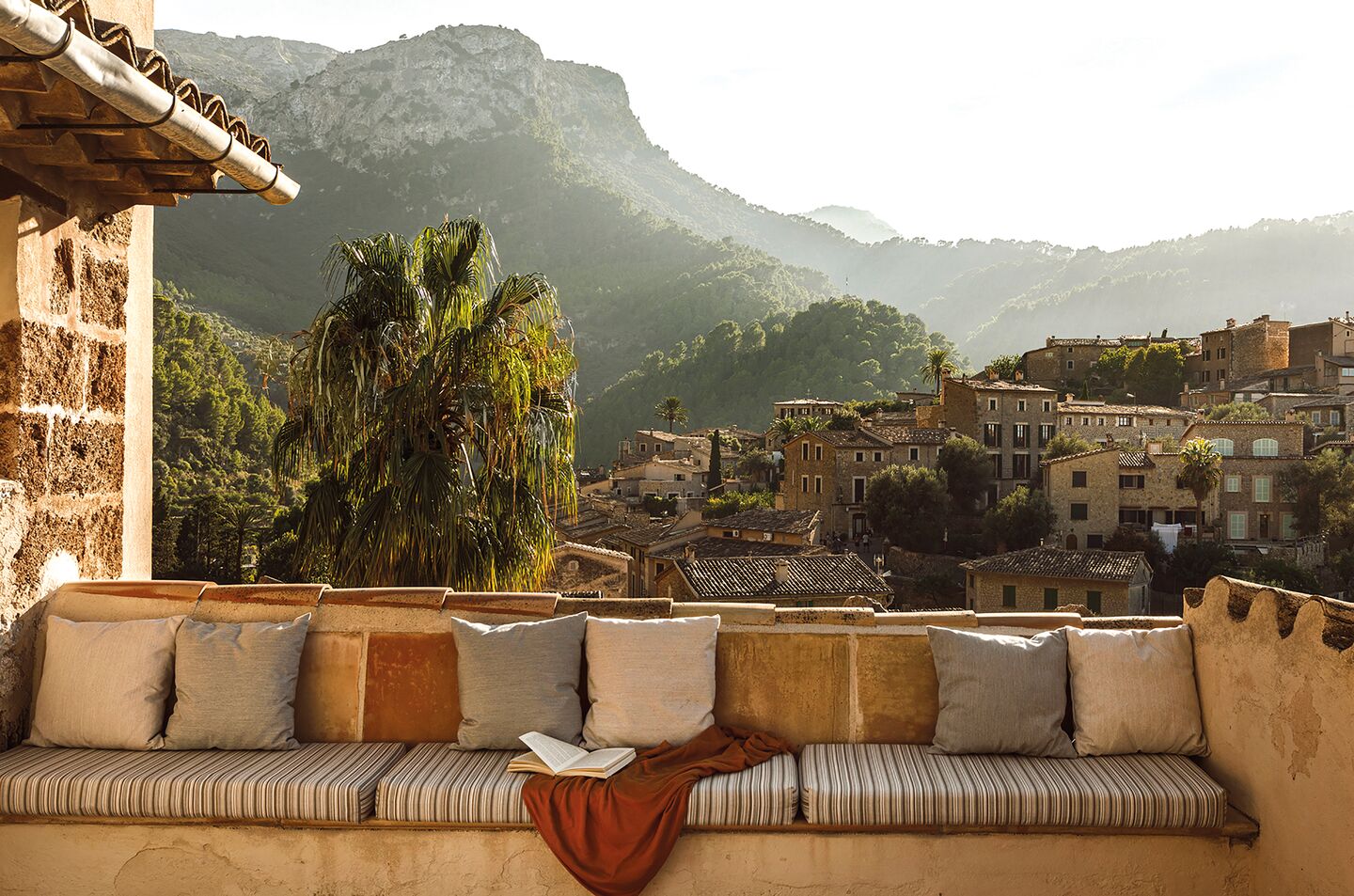 Sun-soaked European destinations to visit in spring
Sun-soaked European destinations to visit in springDreaming of Florentine palazzos and Greek islands now that the weather is starting to turn? Check into one of these beautiful European hotels and holiday homes
By Anna Solomon
-
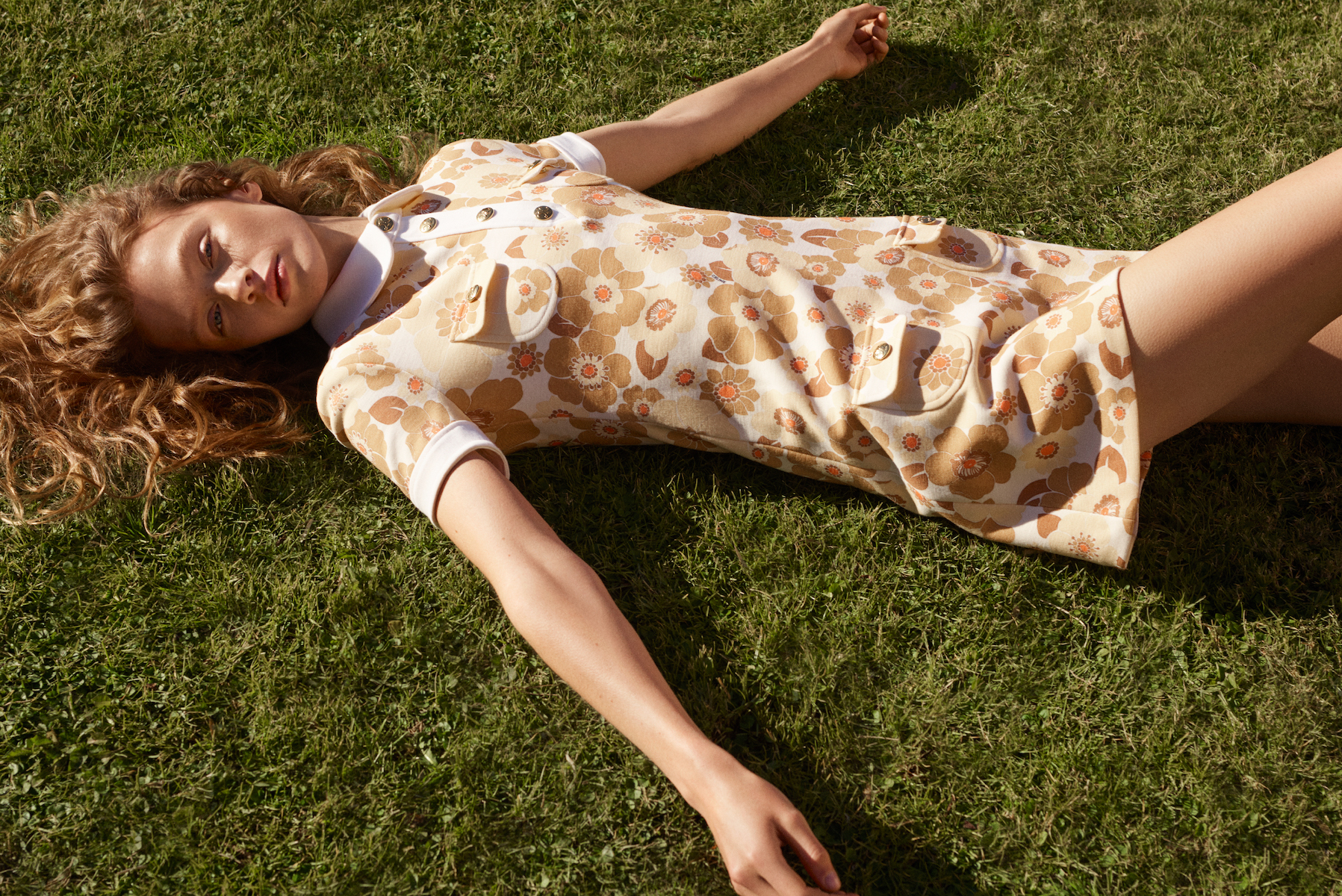 Inspired by the French Riviera, Été Celine heralds the arrival of summer
Inspired by the French Riviera, Été Celine heralds the arrival of summerCeline’s new summer collection, capturing the ‘freedom and lightness’ of Saint-Tropez escapes, arrives at The Selfridges Corner Shop in a transporting pop-up
By Jack Moss
-
 Meet the duo using hair and photography as a medium to consider Africa and the African diaspora
Meet the duo using hair and photography as a medium to consider Africa and the African diaspora‘Strands & Structures’ makes its European debut at the Open Space Contemporary Art Museum in Amsterdam, exploring social and environmental issues in Accra, Ghana
By Gameli Hamelo
-
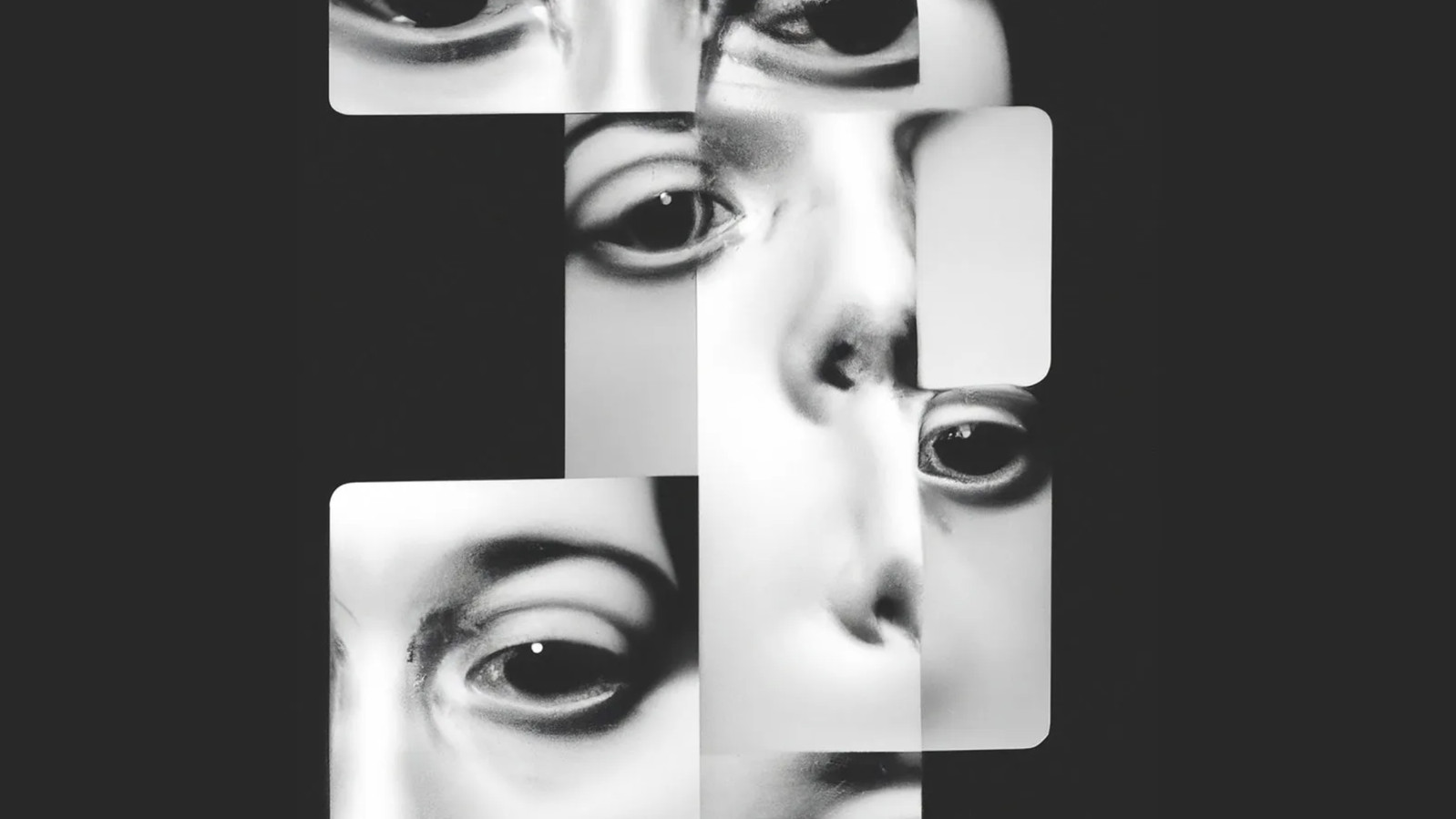 ‘The danger of AI’, photography and the future at Foam
‘The danger of AI’, photography and the future at FoamNew project ‘Photography Through the Lens of AI’ asks the big questions at Foam, Amsterdam
By Hannah Silver
-
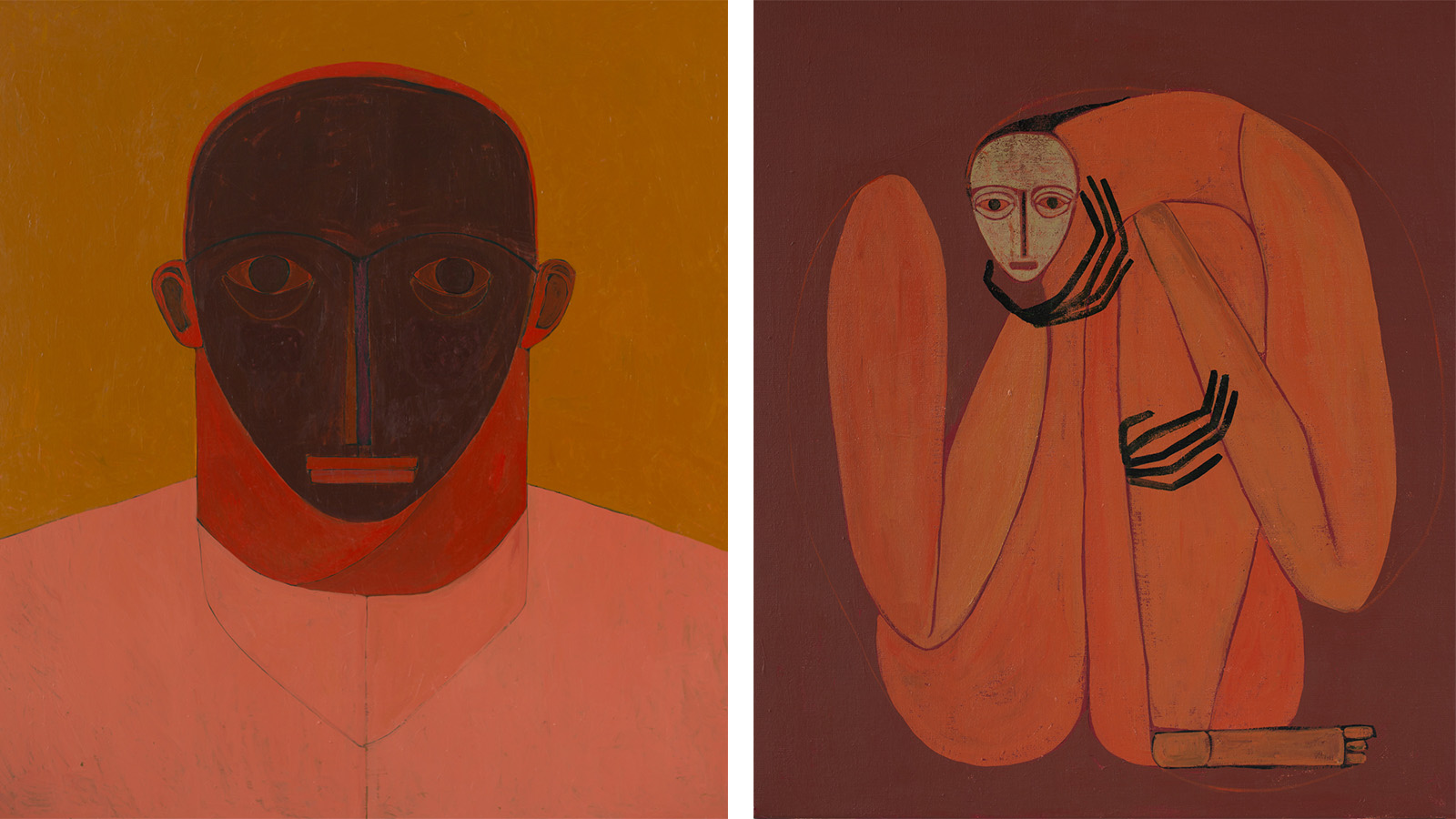 Artist Peggy Kuiper’s impactful figurative works explore her memories and emotional landscape with striking visual intensity
Artist Peggy Kuiper’s impactful figurative works explore her memories and emotional landscape with striking visual intensityPeggy Kuiper presents ‘The Conversation That Never Took Place’ at Reflex in Amsterdam, featuring over 25 new works (until 13 July)
By Simon Chilvers
-
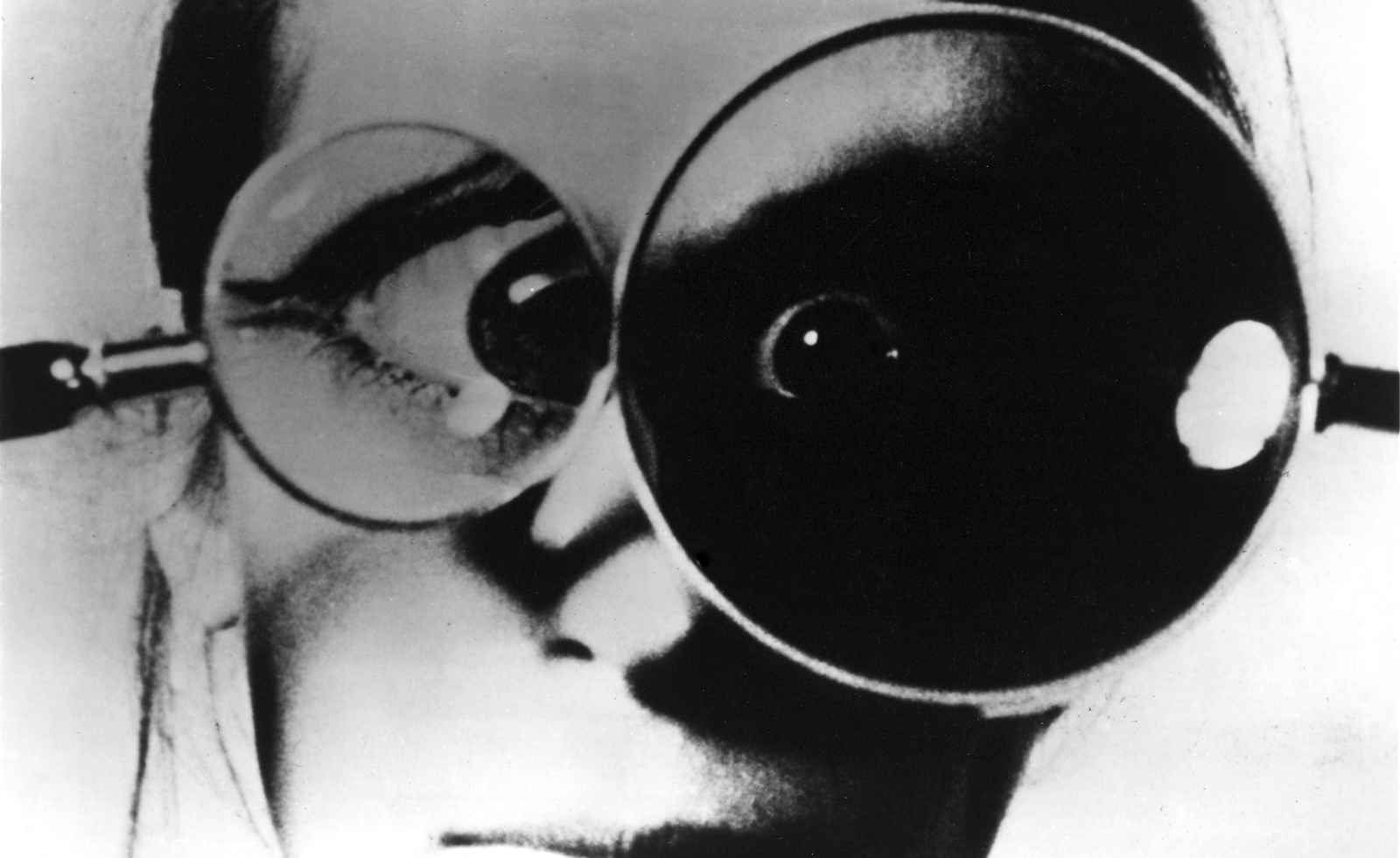 Meredith Monk’s interdisciplinary art sets all the senses singing in Amsterdam show
Meredith Monk’s interdisciplinary art sets all the senses singing in Amsterdam show‘Meredith Monk: Calling’ at Oude Kerk, Amsterdam, is both a series of concerts and a deep-dive into Monk’s eclectic oeuvre
By Hannah Silver
-
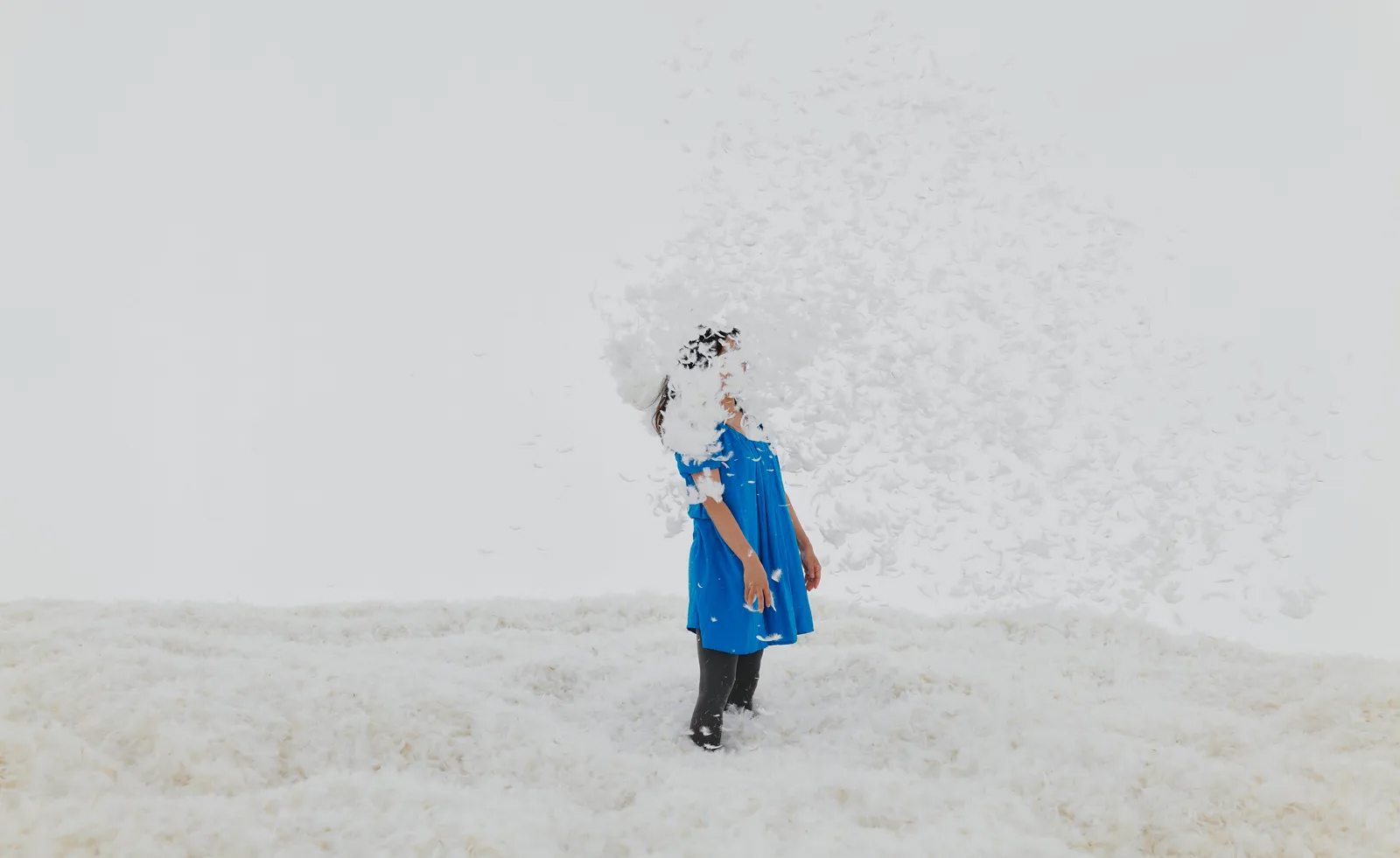 Heads up: art exhibitions to see in January 2024
Heads up: art exhibitions to see in January 2024Start the year right with the Wallpaper* pick of art exhibitions to see in January 2024
By Hannah Silver
-
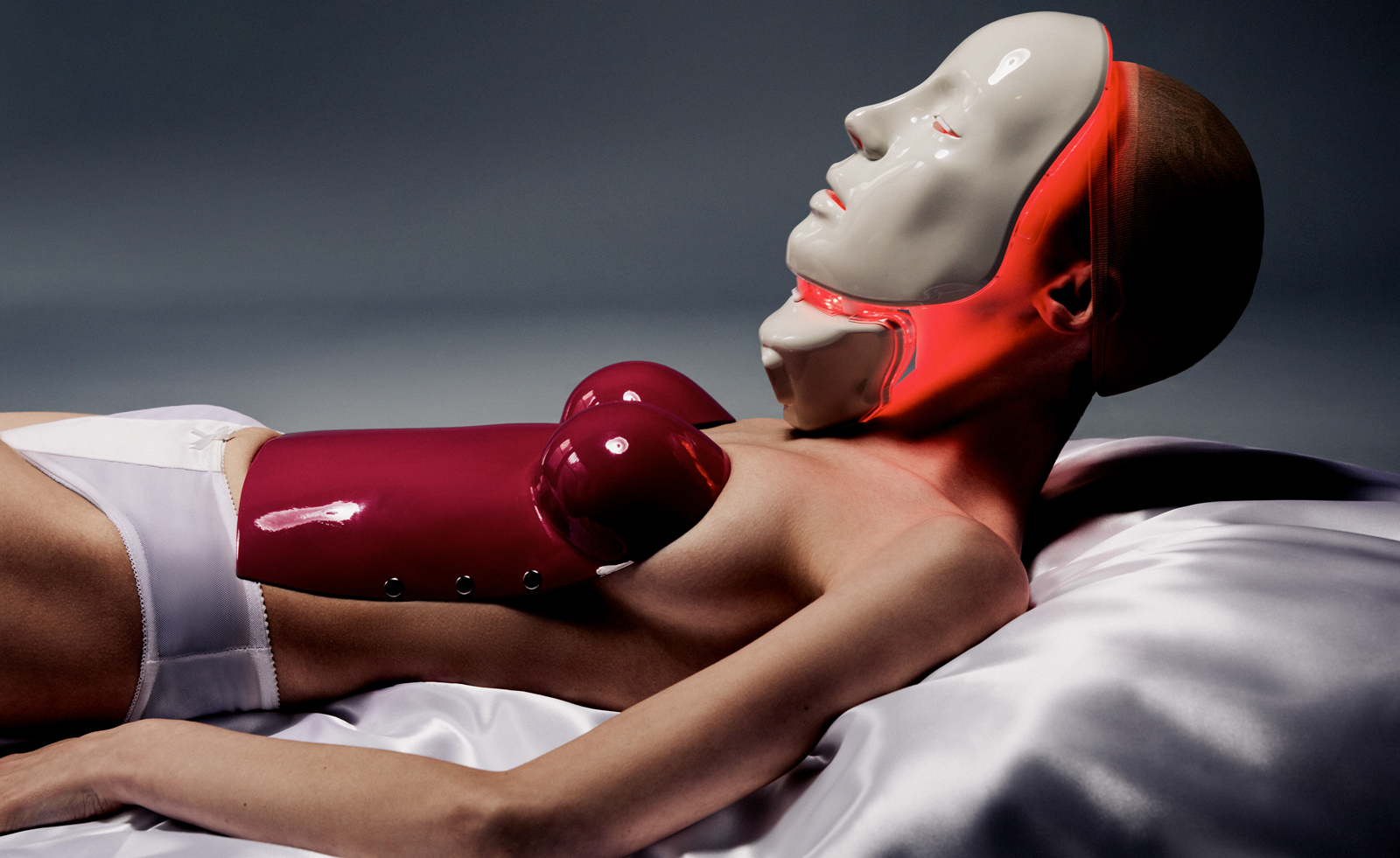 Carlijn Jacobs and Sabine Marcelis create a surreal fantasy at Foam, Amsterdam
Carlijn Jacobs and Sabine Marcelis create a surreal fantasy at Foam, AmsterdamPhotographer Carlijn Jacobs has united with Sabine Marcelis on the design of her first solo exhibition, at Foam, Amsterdam
By Hannah Silver
-
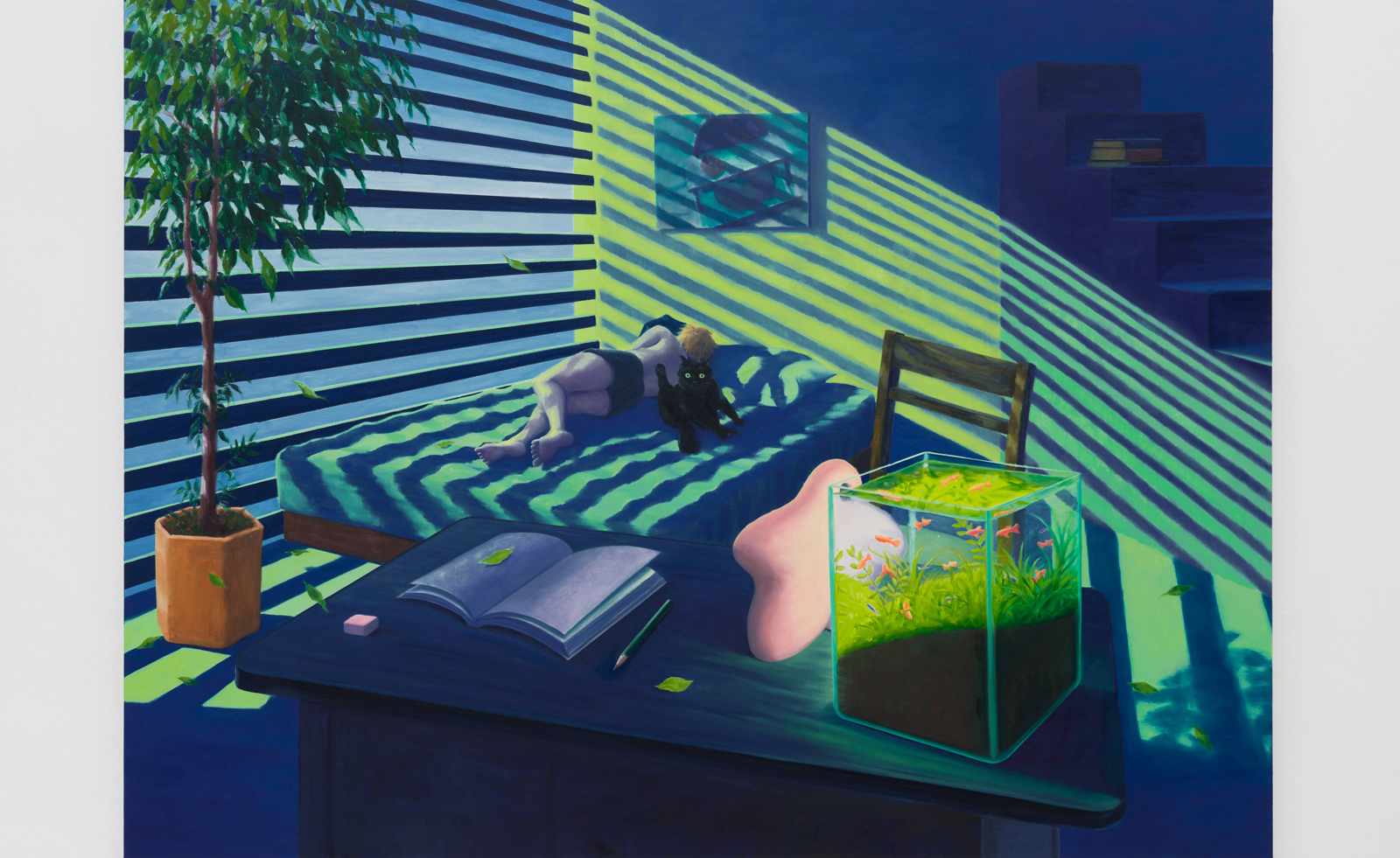 Caroline Walker curates as Grimm Amsterdam explores domesticity in art
Caroline Walker curates as Grimm Amsterdam explores domesticity in artCurating ‘The Painted Room’ at Grimm Amsterdam, Caroline Walker explores the intimacy of interiors
By Emily Steer
-
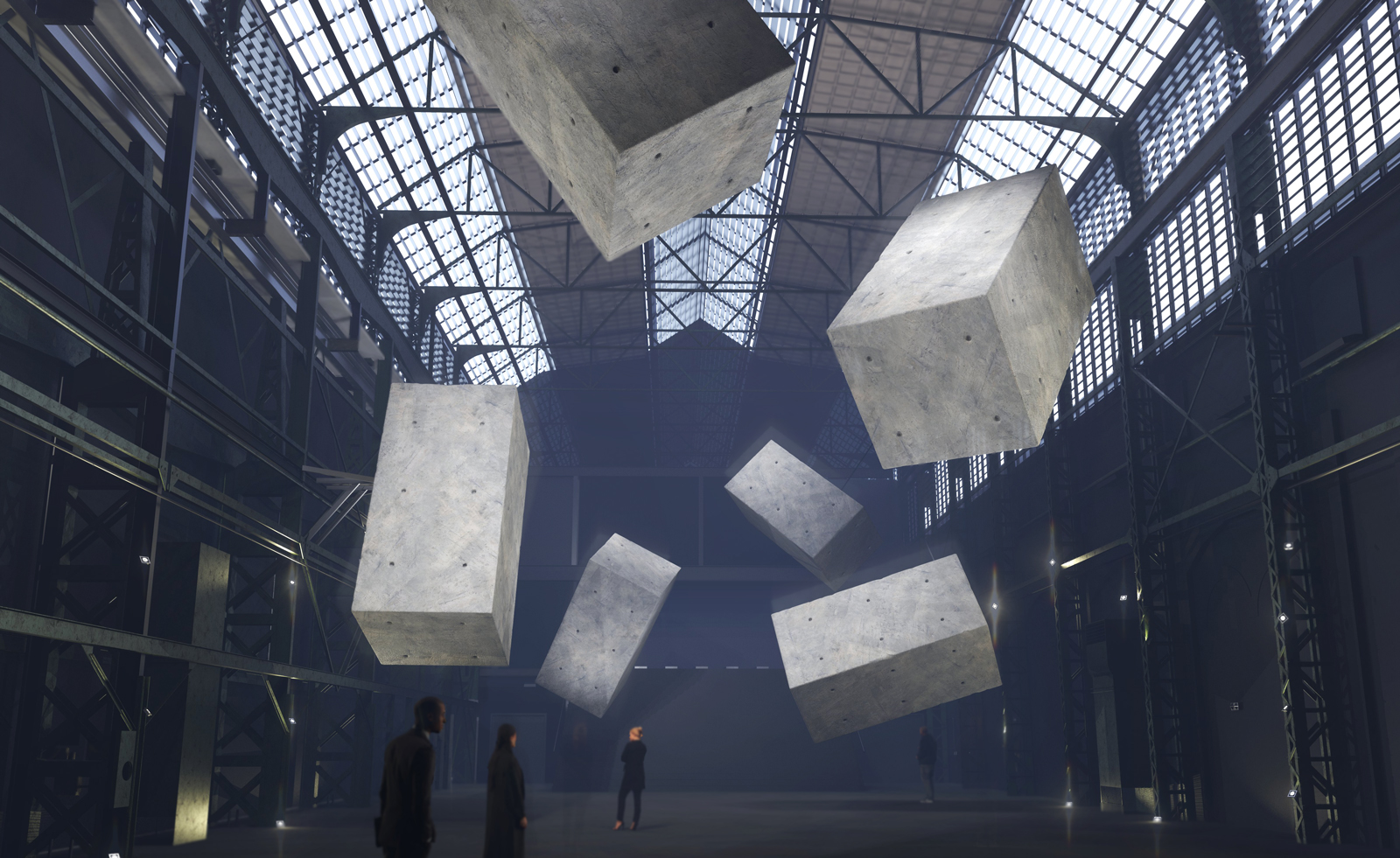 Drift Museum, a blockbusting experiential space, is set to open in Amsterdam in 2025
Drift Museum, a blockbusting experiential space, is set to open in Amsterdam in 2025Drift Museum is a collaboration between art duo Drift – aka Lonneke Gordijn and Ralph Nauta – and entrepreneur Eduard Zanen
By Hannah Silver